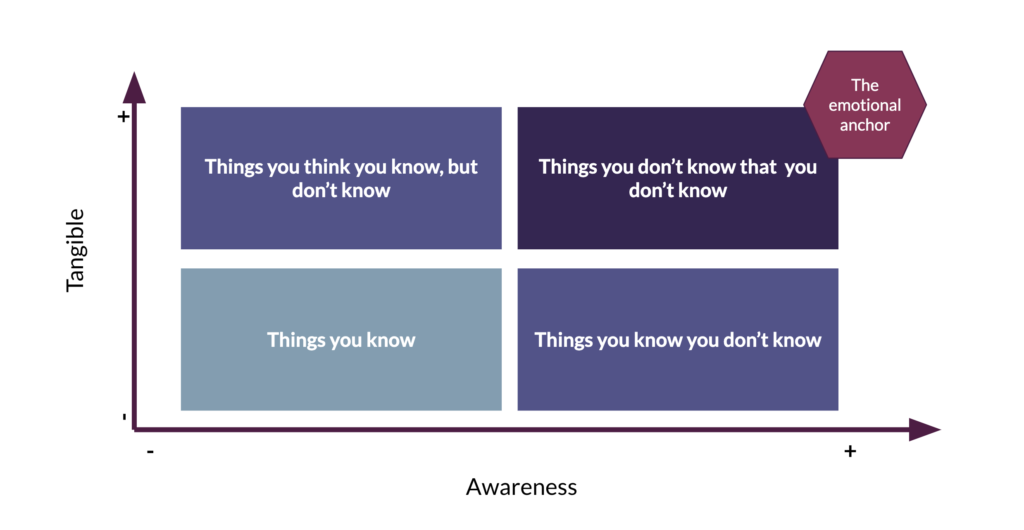What is a brand? First thoughts often default to a visual identity, but brand goes far beyond that. In a crowded market, the need to strategically invest in branding is becoming more important than ever – how do you stand out?
Brands began to emerge in the 18th and 19th when businesses began to label (or brand) their products for identification. Today they are a way to differentiate from the competition.
A brand is not a logo.
A brand is a collection of perceptions in the mind of the consumer. It goes beyond the name, image, or phrases – it is the feeling that is felt when one thinks of the business, product, or experience.
The most interesting thing is that brands may mean different things to different people (think about a brand you love, and then think about someone you know who may think differently). Not everyone connects to every aspect in the same way – but the best brands will often evoke the same feelings amongst a large group of people.
Your brand is what other people say about you when you’re not in the room.
– Jeff Bezos
Why does this matter?
Highly competitive markets require emotional connections to stand out. Brands are about feelings, and as we are well aware, feelings are complicated.
When it comes to standing out – if you are solving something that many don’t know much about and have little awareness of – garnering an emotional response will be the fastest way to get someone’s attention.

More often than not, when you are taking a look around your competitive set, you may notice that many businesses speak in terms of features and benefits. Some may even get as far as offering and occasionally capabilities. The businesses that stand out the most likely have a strong brand that evokes an emotional response from you – good or bad. Those are the brands that are connecting and immediately make it more difficult to ignore.
More importantly, building a powerful brand can give you a strong advantage over your competitors. It can:
- Create a relationship of trust
- Simplify decision making
- Activate associations
- Differentiate and fence
- Create a barrier for entry
- Create shareholder value
How do I invest in my business’ brand?
The most difficult question. Creating a great brand is $$$. Maybe I’ll make that $$$$$. A brand name agency (think: Pentagram, Landor, Chermayeff & Geismar & Haviv) may tell you that they have a sliding scale, but reality is, you will likely be asked to fork over $100k+ and often more just to build out a strong visual identity, with perhaps some messaging elements. It will be beautiful, well thought out, and sustainable. Plus, don’t forget that once you get the visual identity, you will have to actually execute on it – which is an additional cost – think website, collateral, digital assets, office, swag, etc. If you are going with a smaller agency, you may get away with a branding package in the $60-100k range, and may be inclusive of other elements.
If you didn’t know it now, here’s a dose of reality:
Marketing is expensive.
But, well worth it if you do it well. I may be biased, but put your own brand recall to the test – who would you prefer to buy?
My advice is: Be clear on what you want up front and talk to several agencies.
How do you be clear on what you want up front? Well, know what your (long term) objectives are. What is the vision and mission of your business? How do you want customers, prospects, employees, the wider industry to perceive that when they think about your business?
If you are creating a new category (congrats!) you may find yourself wondering if you need to invest a lot into brand image, and more into brand message. I would think about how quickly it would take for another businesses to pop up and start competing with you (but also think about adjacent categories and the other businesses you may be competing with even if they aren’t directly going head to head in sales). That would be your runway life of your visual brand. (It’s also key to note here: Businesses do not buy you for the “category” you sit in. Businesses buy you for the job they need done).
Remember, if you don’t invest in your brand, money will be the least important thing lost. You may have lost time (imagine if you had shortened sales cycles because of easier associations) and opportunities (opportunities for referrals and brand loyalty).
So, give everyone a story to talk about or you risk others defining your story.
Header Photo by Hello I’m Nik 🎞 on Unsplash
